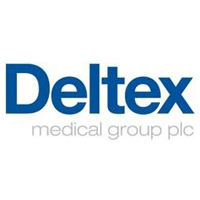It takes a plethora of products and people to provide patients premium protection.
Changing payment models, the digitization of healthcare and the need to deliver higher quality care at a lower cost are driving significant change in how healthcare is delivered. Technologies have emerged to support today’s data-driven, value-based care environment. The intensive care unit (ICU), which accounts for 13 percent of hospitals’ costs,1 is a target area for new interventions that can help clinicians detect issues sooner, intervene more effectively and reduce length of stay.
HPN talks with the experts about trends in critical care medicine and new products designed to support healthcare’s changing needs.
Early detection of complications
The combination of acute renal failure and sepsis is associated with a 70 percent mortality rate,2therefore early detection and management of these complications is key to saving lives. But invasive monitoring for these conditions can require that patients be sedated, which can increase the risk for further complications.3 To overcome these challenges, manufacturers like Deltex Medical have developed advanced non-invasive monitoring technologies that enable clinicians to identify the warning signs sooner.
“There are two main trends impacting our haemodynamic monitoring system offering to ICUs,” said Deltex Medical Managing Director Andy Mears. “Firstly there is a move towards keeping patients awake rather than sedated. This is driving demand for non-invasive haemodynamic monitoring. Secondly there is growing demand for monitors that help the early identification and treatment of sepsis and acute kidney injury (AKI). This is driving demand for high end technologies that can be relied upon to detect small ‘early warning’ changes and then guide complex interventions involving both intravenous fluids and vasoactive drugs.”
Deltex recently introduced TrueVue Impedance (FDA 510K submitted) to its TrueVue monitoring platform: this is a non-invasive, state of the art High Definition Impedance Cardiography suitable for use on awake patients even when they are moving about. In March 2018, Deltex also introduced its new TrueVue Loops display, which is the first technology to display both central blood flow and pressure beat-to-beat in real time giving clinicians a complete picture of each of the three components of haemodynamics: flow, pressure and resistance. According to the company, this is expected to be a major advance in the prevention, early detection and safe treatment of both sepsis and AKI.


